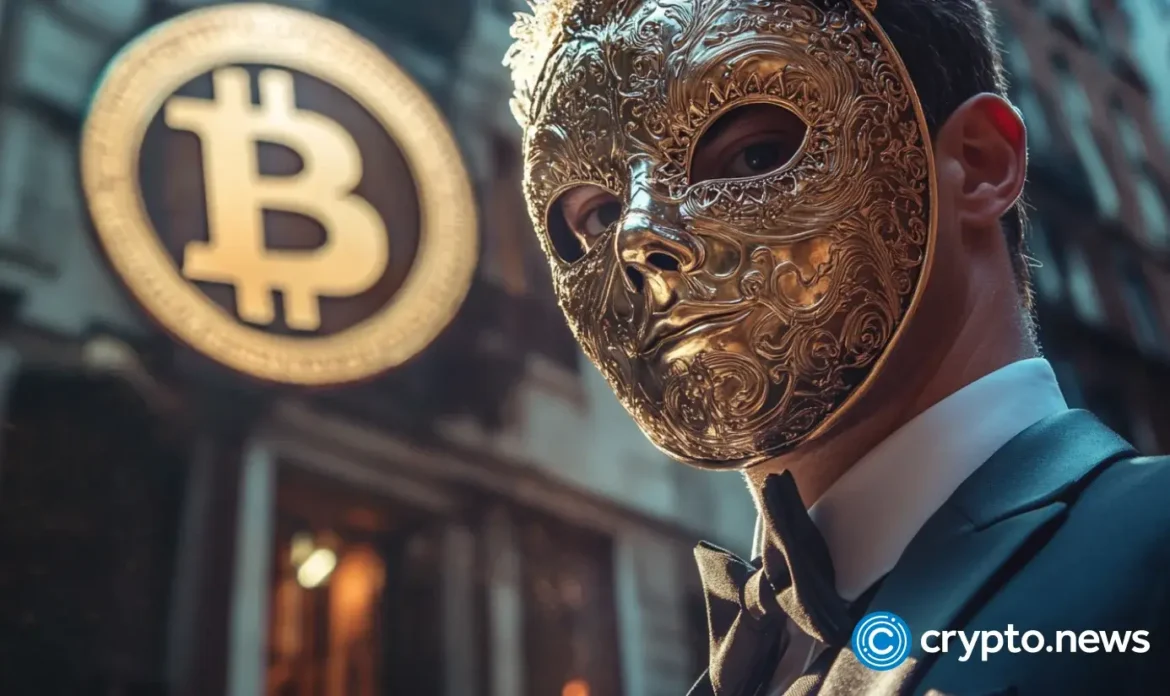Crypto treasury firms that stockpile tokens could evolve from speculative wrappers into long-run economic engines for blockchains, argues Syncracy Capital co-founder Ryan Watkins.
Digital asset treasury (DAT) firms are publicly traded companies that raise capital to acquire and manage crypto on their balance sheets.
In a Sept. 23 blog post and an accompanying thread on X, Watkins said DATs already hold roughly $105 billion in assets across bitcoin, ether and other majors, a scale that few market participants have fully considered.
His core claim: a small number of these firms may mature into durable operators that help finance, govern and build within the networks whose tokens they hold.
Beyond speculation
Watkins said most attention has fixated on near-term trading dynamics — premiums to net asset value, fundraising announcements and “what’s the next token”—which misses the larger arc.
“We imagine select DATs becoming for-profit, publicly traded counterparts to crypto foundations, but with broader mandates to deploy capital, operate businesses, and participate in governance,” he wrote.
Because some DATs already control meaningful slices of token supply, their treasuries can be more than vaults; they can be policy and product levers inside ecosystems.
He pointed to crypto-native examples where scale matters: on Solana, RPC providers and proprietary market makers that stake more SOL can improve transaction landing and spread capture; on Hyperliquid, front ends that stake more HYPE can lower user fees or increase take rates without raising costs.
Access to large, permanent pools of native assets can help such businesses bootstrap and scale, he said.
Programmable money, productive balance sheets
Watkins contrasted these plays with MicroStrategy’s bitcoin-only strategy, which is largely about capital structure around a non-programmable asset.
He went on to say that by comparison, tokens on smart contract platforms — ETH, SOL, HYPE — are programmable and can be put to work on-chain.
DATs holding them can stake for fees, supply liquidity, lend, participate in governance and acquire “ecosystem primitives” such as validators, RPC nodes or indexers, turning treasuries into yield-generating balance sheets.
Structurally, he likened winning DATs to a hybrid of familiar models: the permanent capital of closed-end funds and REITs, the balance-sheet orientation of banks, and the compounding ethos of Berkshire Hathaway.
What makes them distinct, he said, is that returns accrue in crypto per share rather than via management fees, making the vehicles closer to pure plays on underlying networks than to traditional asset managers.
He argued that tools like common equity, convertibles and preferreds give DATs flexible funding to expand balance sheets, while on-chain yields can help manage that funding over time.
Winners—and risks
Watkins cautioned that “not all DATs will make it.”
He expects many first-generation vehicles—those heavy on financial engineering and light on operating substance — to fade as conditions normalize. As competition intensifies, he anticipates consolidation, experiments with more exotic financing and, at times, reckless balance-sheet moves if premiums flip to discounts and pressure builds.
In his view, the survivors will be those that pair disciplined capital allocation with operating chops, recycling cash flows into token accumulation, product building and ecosystem expansion. “Over time, the best managed ones could evolve into the Berkshire Hathaways of their blockchains,” he wrote.










